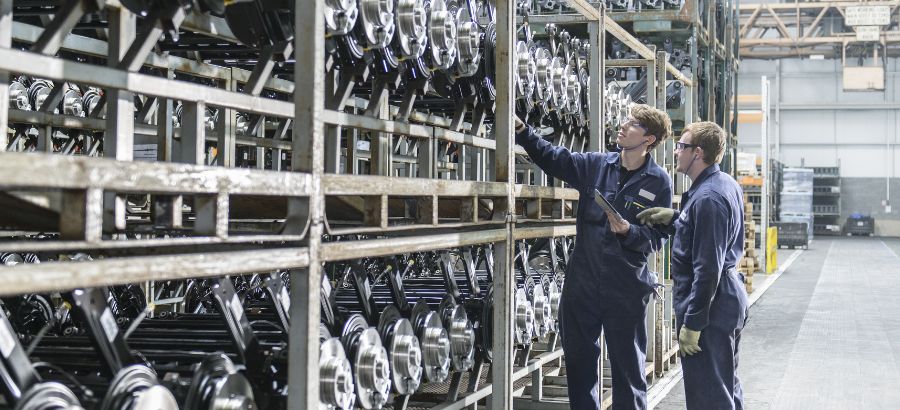The term “supply chain” started being used in the mid-1990s as global political conditions changed in ways that encouraged international commerce. It also coincided with the growth of the Internet and telecommunications technology. Instead of the old vertically integrated business models (where one manufacturer performed most activities), international supply chains using specialized suppliers led to lower costs of production and services, improved quality, and better pricing.
During the pandemic, the supply chains that had previously been considered trustworthy were found to be fragile. The belief in globalization is also now being challenged. So relying on imports and foreign suppliers is seen to be risky. This has led to a change of focus to supply chain sovereignty.
What is supply chain sovereignty?
Supply chain sovereignty is a company’s ability to maintain control over its supply chain and minimize dependence on external suppliers. It involves ensuring that critical aspects of the supply chain, such as sourcing of raw materials, manufacturing processes, and distribution channels, are managed in-house or using trusted partners.
By increasing supply chain sovereignty, companies maintain greater control over their supply chain, which reduces the risk of disruptions, improves operational efficiency, protects intellectual property, and ensures greater flexibility in responding to changing market conditions and customer demands.
What are supply chain sovereignty challenges for manufacturers
However, supply chain sovereignty is not easy to achieve, especially for large and complex supply chains across multiple geographies and involving numerous suppliers. Significant investment is needed to develop internal capabilities and infrastructure, establish strategic partnerships with key suppliers, and implement risk management processes.
Some industries have started to reduce the number of suppliers in some regions, but many organizations still plan their supply chains around best-case scenarios without creating contingency plans. Companies must acknowledge and plan for scenarios where there is variability in lead times, inputs costs and other factors.
Many companies are failing to manage their second and third-tier suppliers. Ignoring risks in this area can lead to significant unplanned costs. The old supply chains relied on the fact that manufacturers trusted suppliers’ lead times, costs, and quality. The last three years have exposed the risks of doing that.
Steps to greater supply chain sovereignty
One argument is that cost and efficiency should no longer be the main metrics in determining how a supply chain works.
A number of options are proposed to set up better supply chain sovereignty:
- Review the product and service portfolio to identify how the bill of materials and other factors may be changed so that closer and more reliable suppliers may be used.
- Look at the design of products to see how parts can be more easily and quickly replaced or serviced in-house or by trusted nearby partners.
- Consider how the location of manufacturing plants might be changed to be closer to end customers, to ensure a faster response to changing consumer demands, avoid tariffs, and cut logistics costs.
- Revise sourcing policies to focus more on reliable delivery rather than just lower costs. Develop collaborative partnerships where suppliers are incentivized to innovate and provide value-adding input to product design and the production process.
- Analytics and decision-support capabilities like ERP systems need to be increased to enable greater visibility and more detailed monitoring of the supply chain. Greater cross-functional decision-making should be implemented with finance, procurement, and supply chain working together.
- Improve the traceability of different tiers of suppliers’ products down to the lowest level of detail to allow the analysis of supplier compliance, KPIs and risks.
Moving to sovereign supply chains
No company can yet depend on a completely local supply chain. International connections are too complex and the cost to build local alternatives to foreign suppliers is too great. Technology can help but better supply chains also require trust to work. Trust has eroded internationally, and technology cannot resolve this. Sovereign supply chains can be built but it requires moving away from primarily offshore sources and becoming more resilient by forming longer-term, mutual partnerships.







